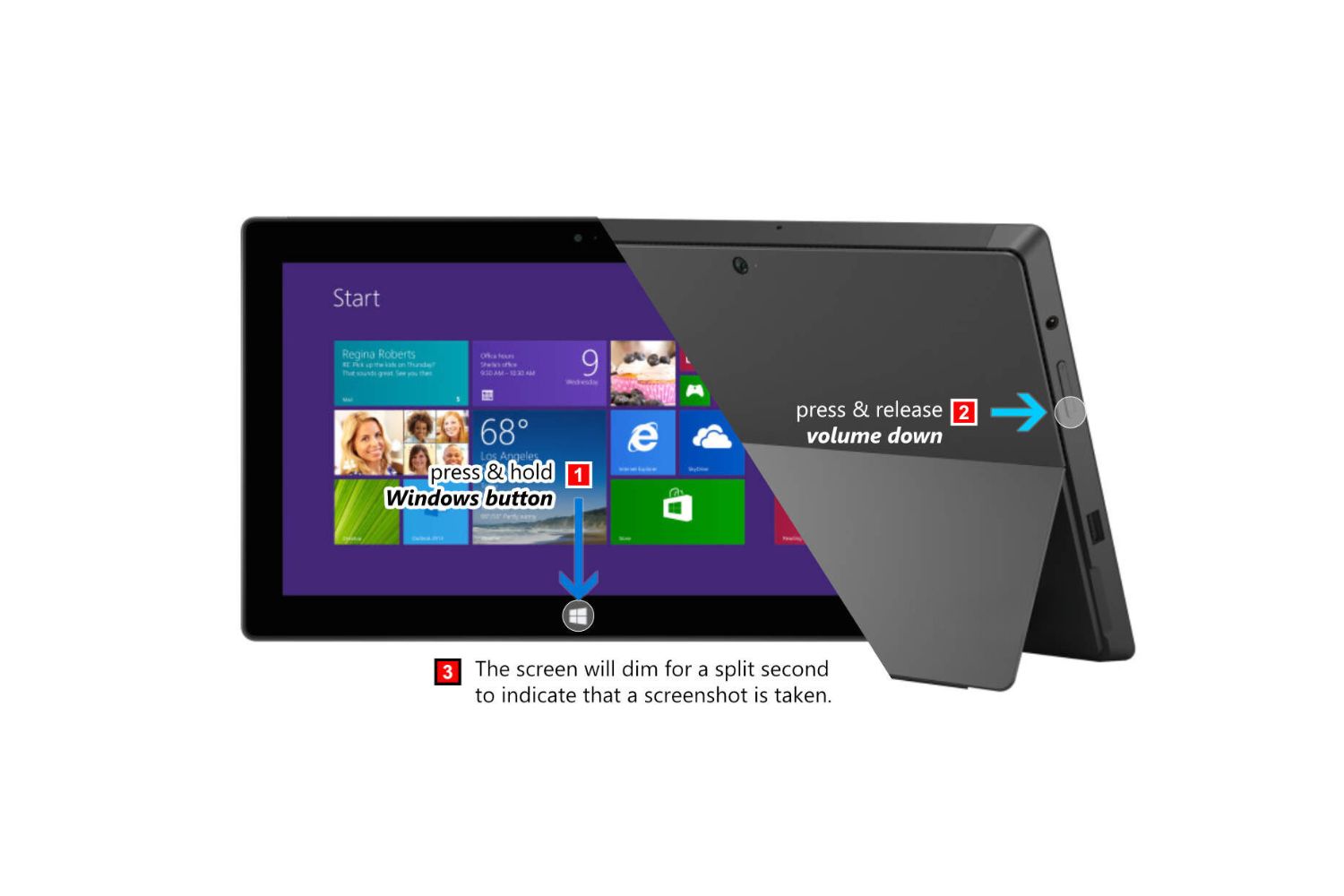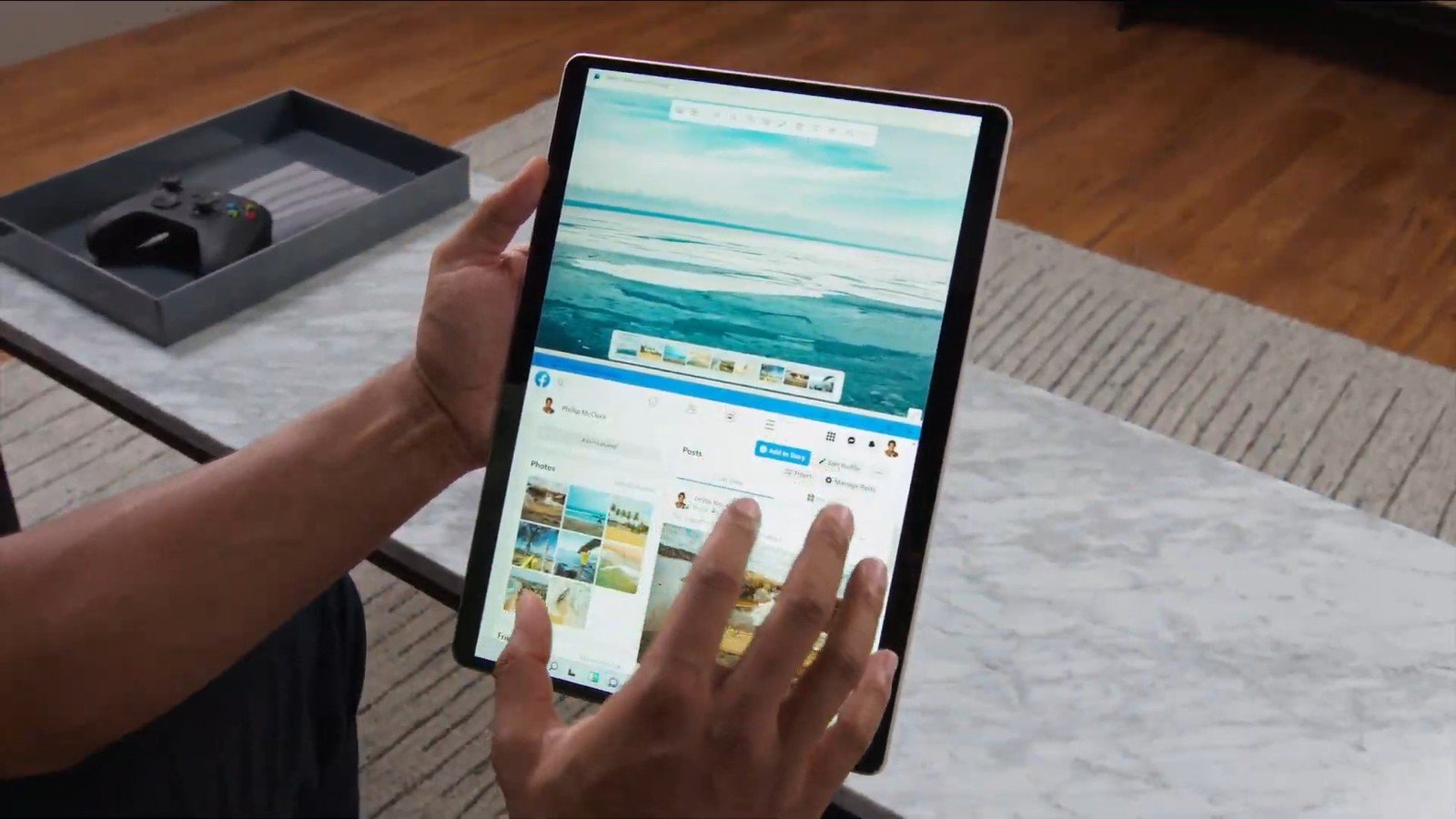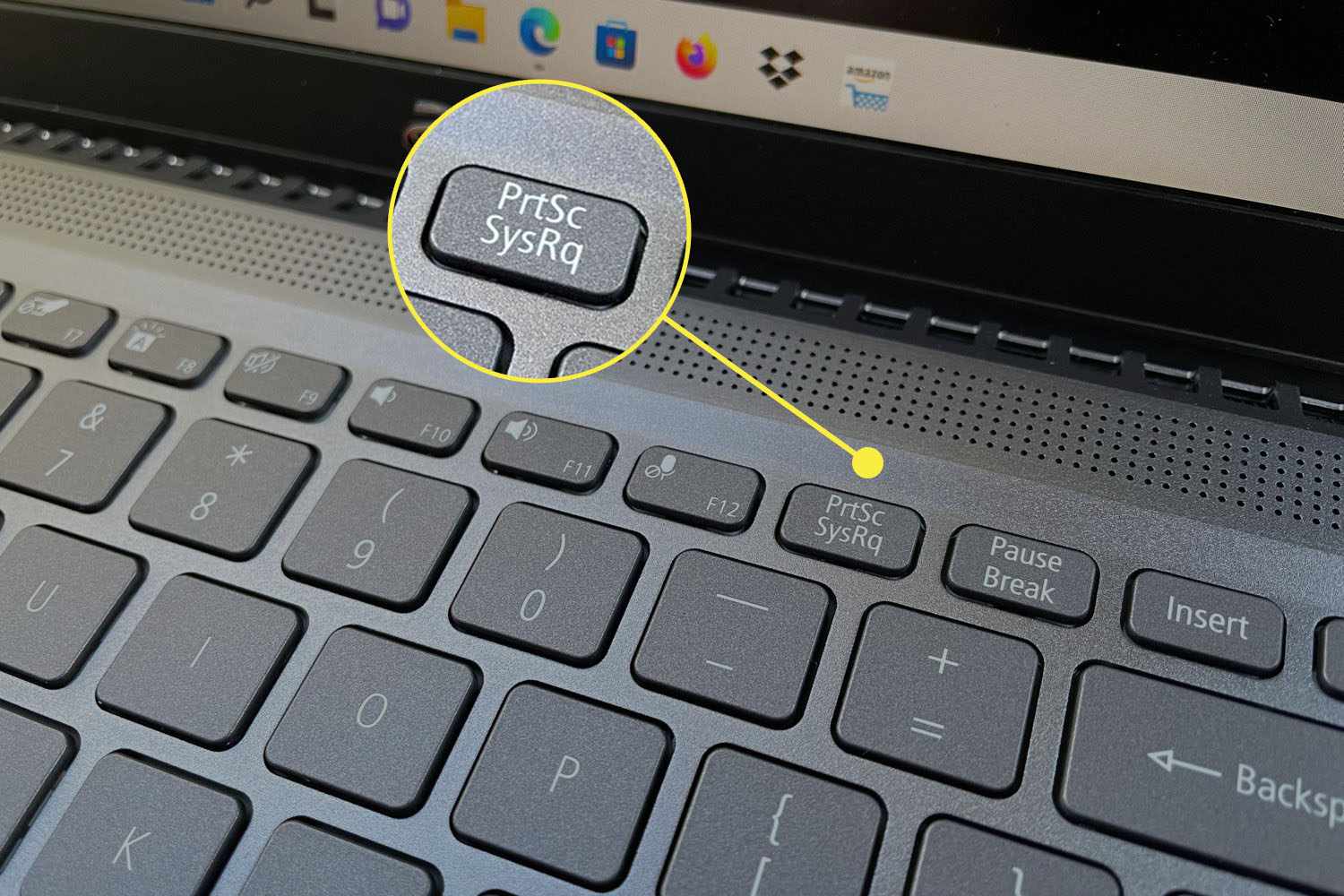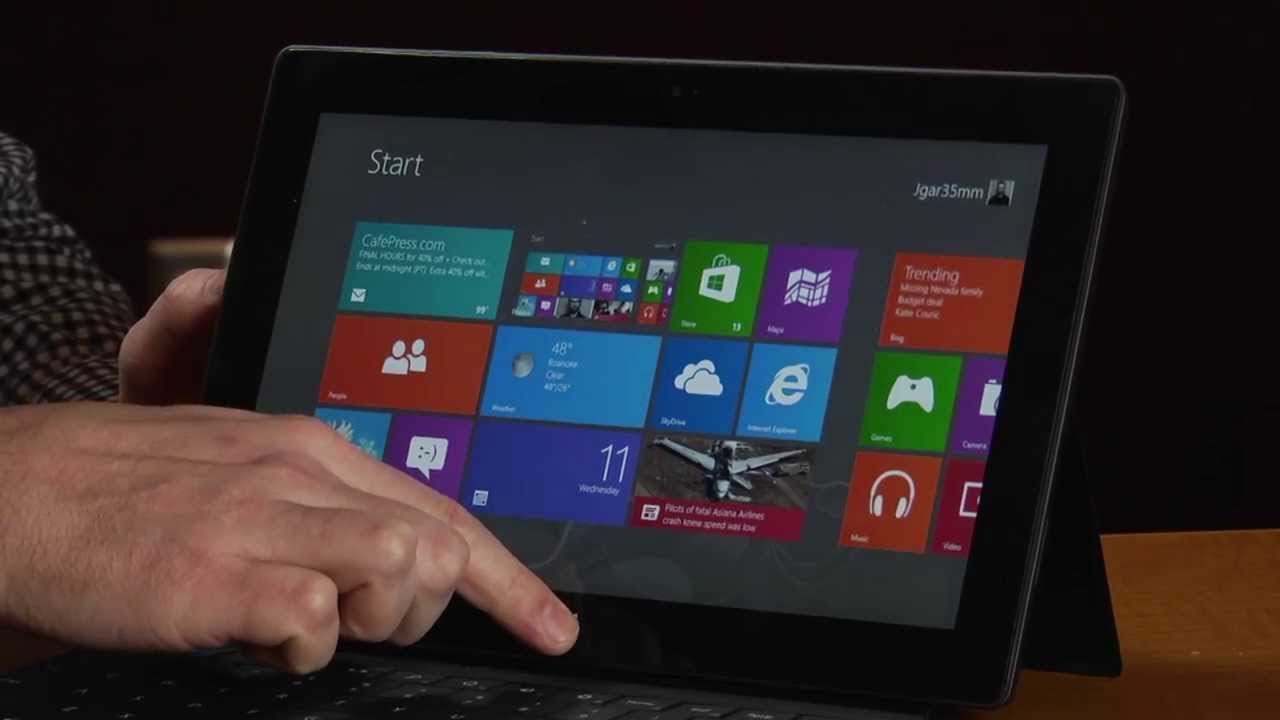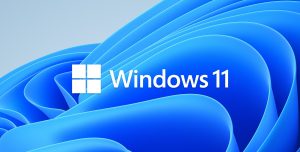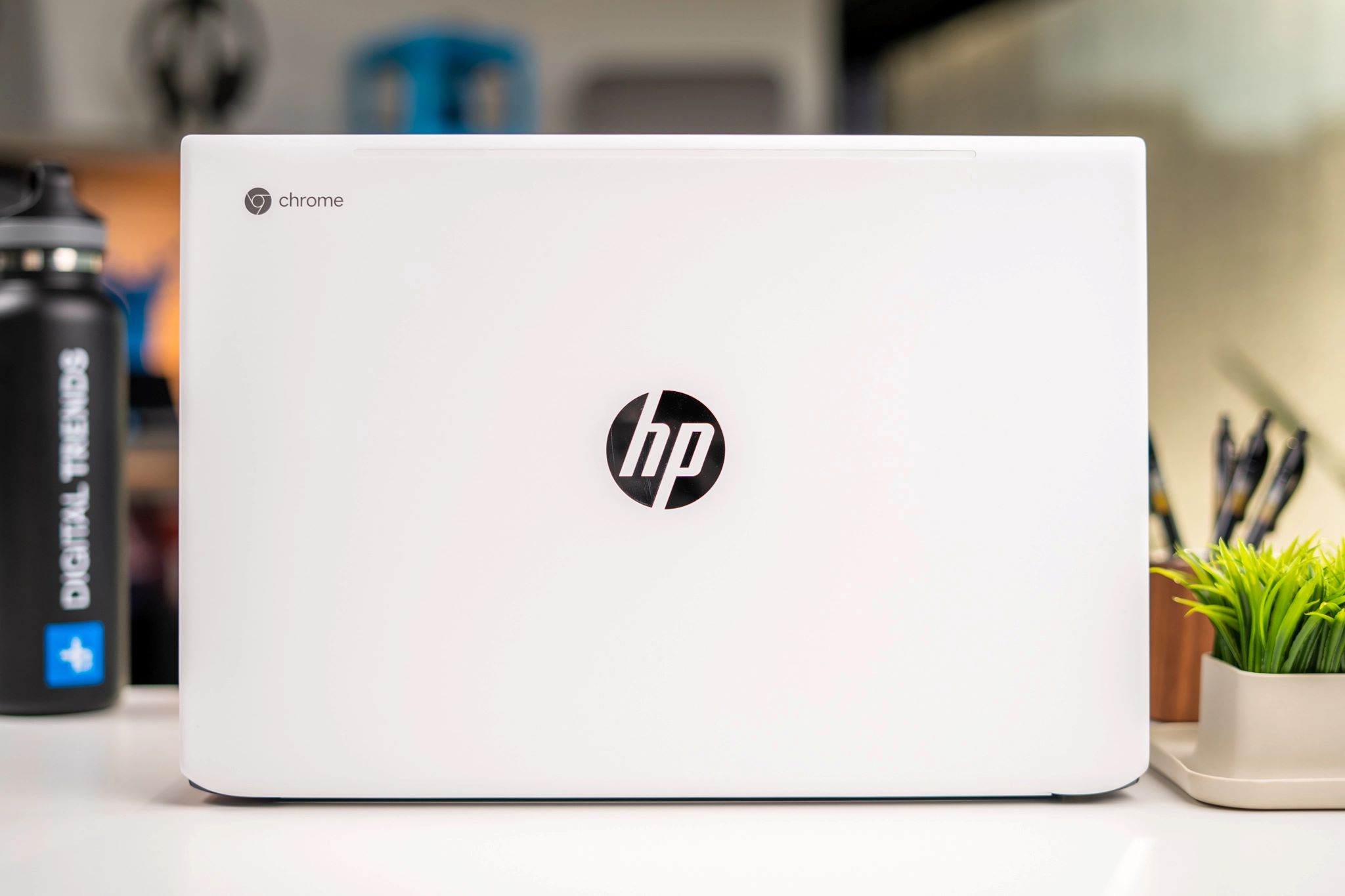Introduction
Tablet mode in Windows 10 provides a streamlined and touch-friendly interface, making it easier to navigate and interact with your device. One common task that users may need to perform while in tablet mode is taking a screenshot. Whether you want to capture a moment from a video, save an important document, or share a glimpse of your favorite app, knowing how to take a screenshot in tablet mode is essential.
In this article, we will explore three different methods that make capturing screenshots in tablet mode a breeze. Whether you are using a Windows tablet or a convertible device, such as a 2-in-1 laptop or a Surface device, these methods will work seamlessly.
To successfully take a screenshot in tablet mode, there are a few prerequisites that you need to meet. First, ensure that your device is running Windows 10. Second, ensure that you have tablet mode enabled. You can do this by tapping the Action Center icon in the lower right corner of your screen, then selecting the Tablet mode toggle. Once you have met these requirements, you are ready to start capturing screenshots in tablet mode.
The methods discussed in this article include using the Windows + Volume Down keys, utilizing the Tablet Mode toolbar, and using the Snipping Tool in tablet mode. Each method offers its own set of advantages and can be used in different scenarios, depending on your needs and preferences. Let’s explore these methods in detail and discover how to take a screenshot in tablet mode on Windows 10.
Prerequisites
Before you begin capturing screenshots in tablet mode on your Windows 10 device, there are a few prerequisites that you need to check off. These prerequisites ensure that your device is ready and equipped to handle the screenshot-taking process smoothly.
The first prerequisite is to ensure that your device is running on Windows 10. Taking screenshots in tablet mode is specific to this operating system, so it’s important to have the correct version installed on your device.
The second prerequisite is to have tablet mode enabled. Tablet mode provides a touch-friendly interface that optimizes your Windows 10 device for use with a tablet or convertible device, such as a 2-in-1 laptop or a Surface device. To enable tablet mode, follow these simple steps:
- Tap the Action Center icon in the lower right corner of your screen. You can do this by swiping in from the right side of the screen (if you are using a touch screen) or clicking on the Action Center icon located in the taskbar (if you are using a non-touch screen).
- In the Action Center, you will see a section labeled “Tablet mode.” Tap on the tablet mode toggle to enable it. When tablet mode is enabled, the toggle will turn blue.
- Your device will now be in tablet mode, and the interface will change to a touch-optimized layout.
Once you have met these prerequisites, you are now ready to start capturing screenshots in tablet mode. These methods will work whether you are using a Windows tablet or a convertible device with touch capabilities. Let’s explore the different methods and find out how you can take screenshots in tablet mode on Windows 10.
Method 1: Using the Windows + Volume Down Keys
One of the simplest and quickest ways to take a screenshot in tablet mode on Windows 10 is by using the Windows + Volume Down keys combination. This method works on most Windows tablets and convertible devices that have physical volume buttons.
Here’s how you can take a screenshot using the Windows + Volume Down keys:
- Navigate to the screen that you want to capture.
- Locate the physical Volume Down button on your device. It is usually located on the side or top edge of the device, depending on the model.
- Simultaneously press and hold the Windows logo key on your device’s virtual keyboard and the Volume Down button. Hold them for a second or two.
- You will see a notification confirming that the screenshot has been successfully captured. The screenshot will be saved in the Screenshots folder in your Pictures library.
- You can access the captured screenshot by opening the File Explorer, navigating to the Pictures folder, and then locating the Screenshots folder. The captured screenshot will be saved there with a timestamped name.
Using the Windows + Volume Down keys is a convenient method as it allows you to capture screenshots with a simple key combination. Additionally, this method works even if you are using third-party applications or are in full-screen mode.
However, keep in mind that this method may not work on all Windows devices. Some devices may have different key combinations or unique methods for capturing screenshots in tablet mode. If the Windows + Volume Down keys combination doesn’t work on your device, don’t worry. There are alternative methods that you can try.
Method 2: Using the Tablet Mode Toolbar
If your Windows 10 device has a Tablet Mode toolbar, you can easily take screenshots using this built-in feature. The Tablet Mode toolbar provides quick access to various functions, including the ability to capture screenshots.
Follow these steps to take a screenshot using the Tablet Mode toolbar:
- Navigate to the screen that you want to capture.
- Swipe up from the bottom of the screen (if you are using a touch screen) or right-click on the taskbar (if you are using a non-touch screen).
- The Tablet Mode toolbar will pop up from the bottom of the screen. Locate and tap on the “Screenshot” button, which looks like a camera icon.
- Windows will capture the screenshot and save it in the Screenshots folder in your Pictures library.
- To access the captured screenshot, open the File Explorer, navigate to the Pictures folder, and find the Screenshots folder. Your screenshot will be saved there with a timestamped name.
The Tablet Mode toolbar provides a convenient and easy-to-access method for taking screenshots in tablet mode. It eliminates the need for complex key combinations and allows you to capture screenshots with just a few taps.
However, it’s important to note that not all Windows 10 devices have the Tablet Mode toolbar. The availability of this feature may depend on the device manufacturer or the Windows 10 version you are using. If your device doesn’t have the Tablet Mode toolbar, don’t worry; there are alternative methods you can use to capture screenshots in tablet mode.
Method 3: Using the Snipping Tool in Tablet Mode
If you prefer more control over the areas you want to capture or need additional editing options for your screenshots, you can use the Snipping Tool in tablet mode. The Snipping Tool is a built-in Windows application that allows you to capture and annotate screenshots with ease.
Follow these steps to take a screenshot using the Snipping Tool in tablet mode:
- Navigate to the screen or specific area that you want to capture.
- Open the Start menu by tapping on the Start button or pressing the Windows key on the virtual keyboard.
- Type “Snipping Tool” in the search bar and select the Snipping Tool app from the results.
- The Snipping Tool window will open. Click on the “New” button to initiate the screenshot capture process.
- Drag your finger or stylus on the screen to select the area of the screen that you want to capture. Alternatively, you can choose from different snip types, such as free-form, rectangular, window, or full-screen snip.
- Once you have captured the desired area, the Snipping Tool window will open with the screenshot displayed.
- You can use the Snipping Tool’s editing features, such as highlighting, drawing, cropping, or adding text, to enhance your screenshot if needed.
- Click on the “Save” button in the Snipping Tool window to save the screenshot to your desired location on your device.
Using the Snipping Tool in tablet mode is advantageous as it gives you more flexibility and options for capturing and editing your screenshots. It’s especially useful when you want to capture specific areas or add annotations to your screenshots.
Keep in mind that the Snipping Tool may not be available on all Windows 10 devices, depending on your Windows version or device specifications. If your device doesn’t have the Snipping Tool, don’t worry; there are alternative third-party screen capture applications that you can explore.
Conclusion
Taking screenshots in tablet mode on Windows 10 is a convenient and essential skill for capturing and sharing moments on your device. In this article, we explored three different methods that you can use to take screenshots in tablet mode: using the Windows + Volume Down keys, utilizing the Tablet Mode toolbar, and using the Snipping Tool.
The Windows + Volume Down keys method provides a quick and straightforward way to capture screenshots using physical buttons on your device. It works well for most Windows tablets and convertible devices.
If your device has the Tablet Mode toolbar, you can easily access the screenshot feature with just a tap. It provides a convenient way to capture screenshots without the need for complex key combinations.
For those who require more control and editing options, the Snipping Tool in tablet mode is the ideal choice. It allows you to capture specific areas and provides various annotation features to enhance your screenshots.
Remember, the availability of these methods may vary depending on your device and Windows 10 version. It’s essential to ensure you have the prerequisites met, such as running Windows 10 and enabling tablet mode, before attempting to capture screenshots.
Now that you are equipped with these methods, you can confidently take screenshots in tablet mode on your Windows 10 device. Whether you want to capture important information, share interesting content, or document your digital experiences, these methods will help you accomplish that with ease.
So, go ahead and capture those memorable moments, save important documents, or share snippets of your favorite apps effortlessly in tablet mode on Windows 10.







